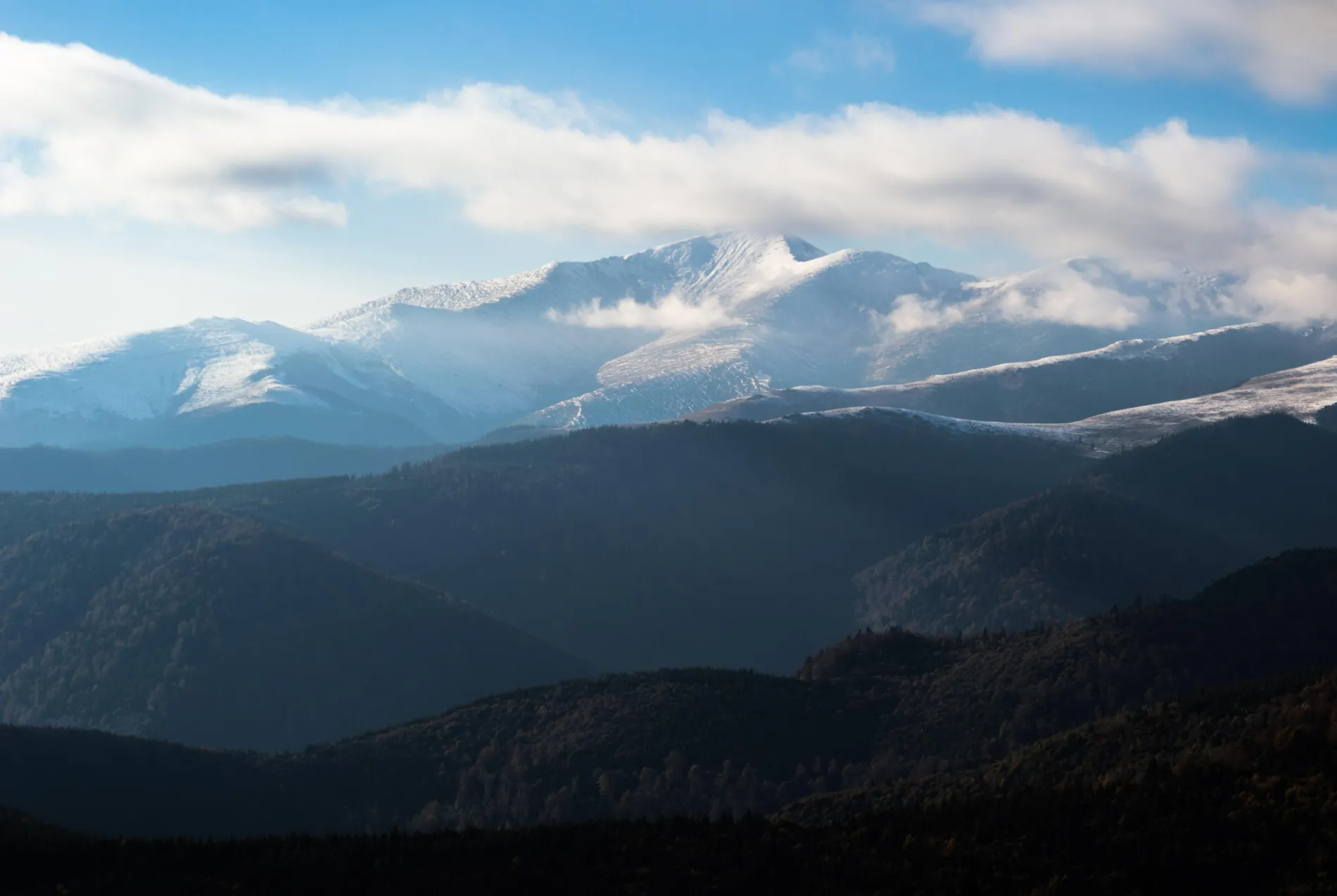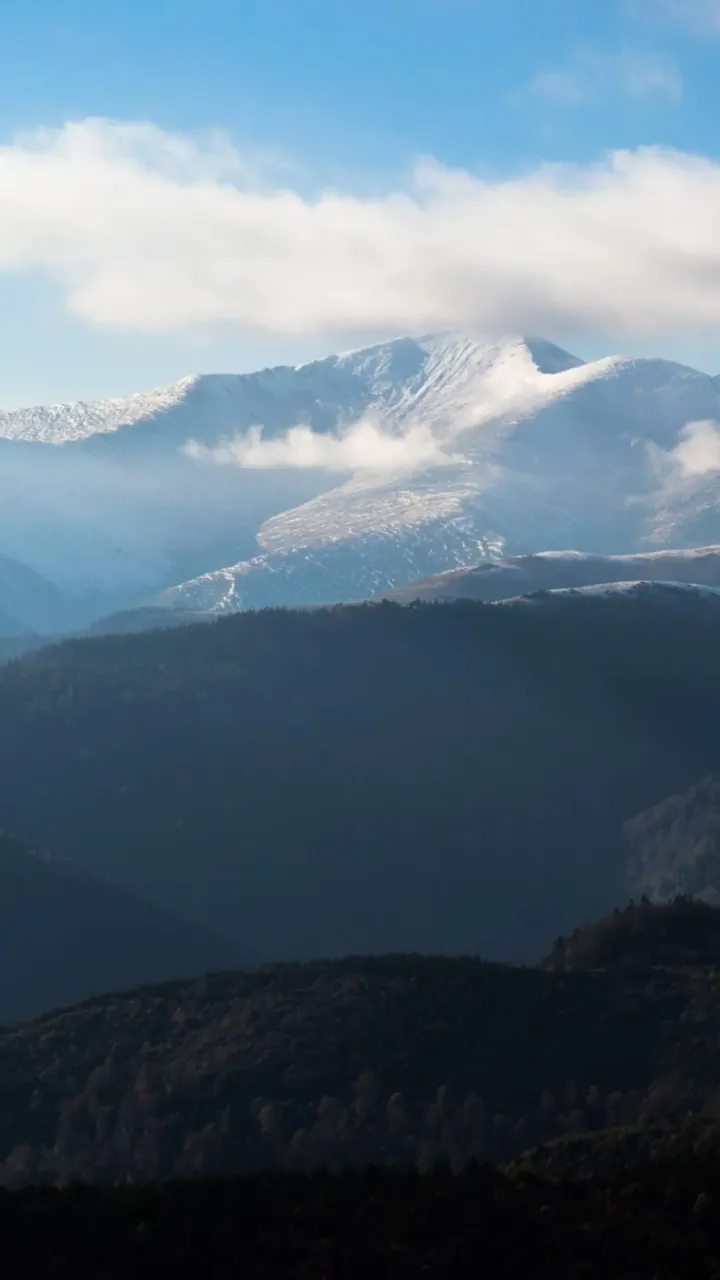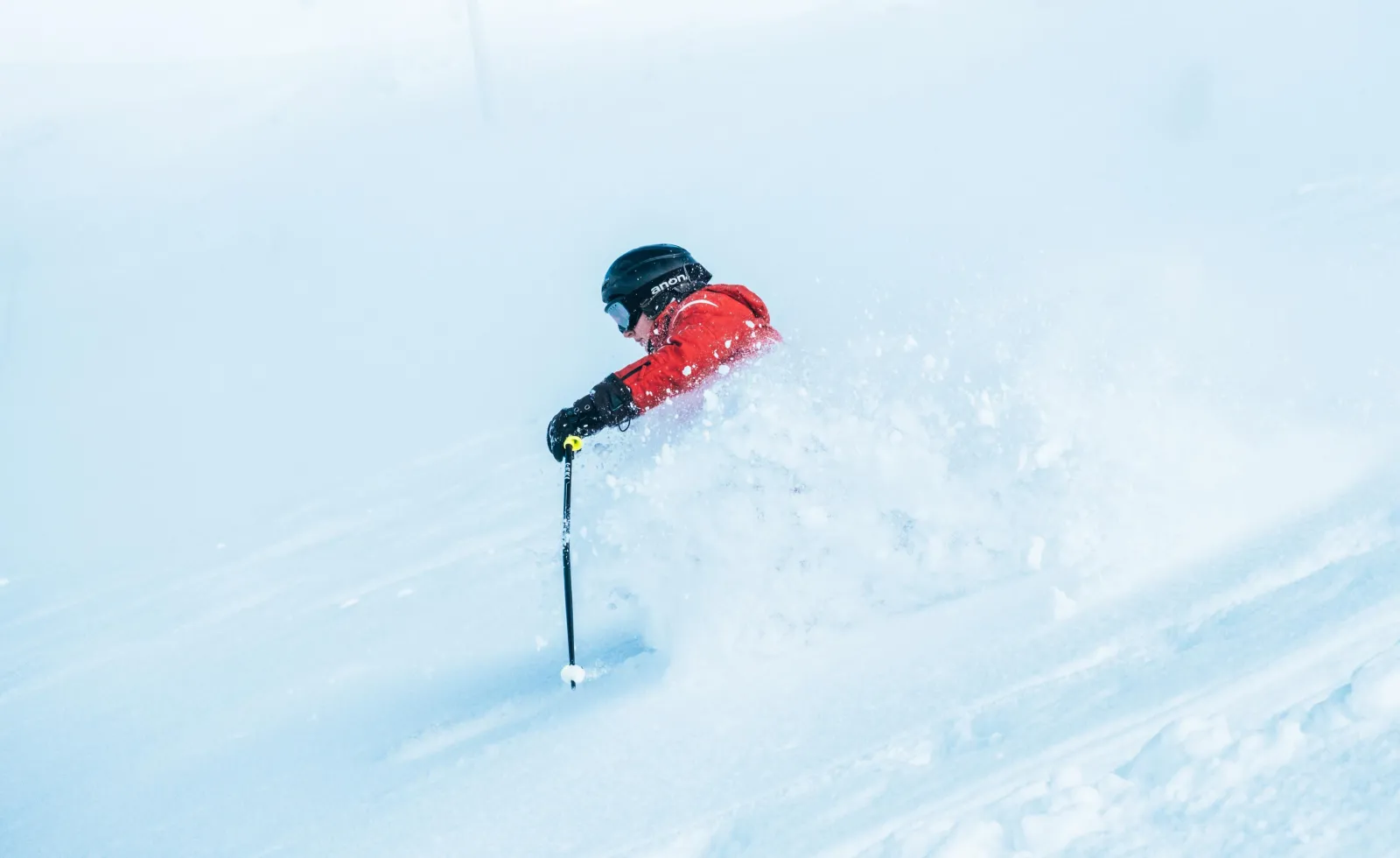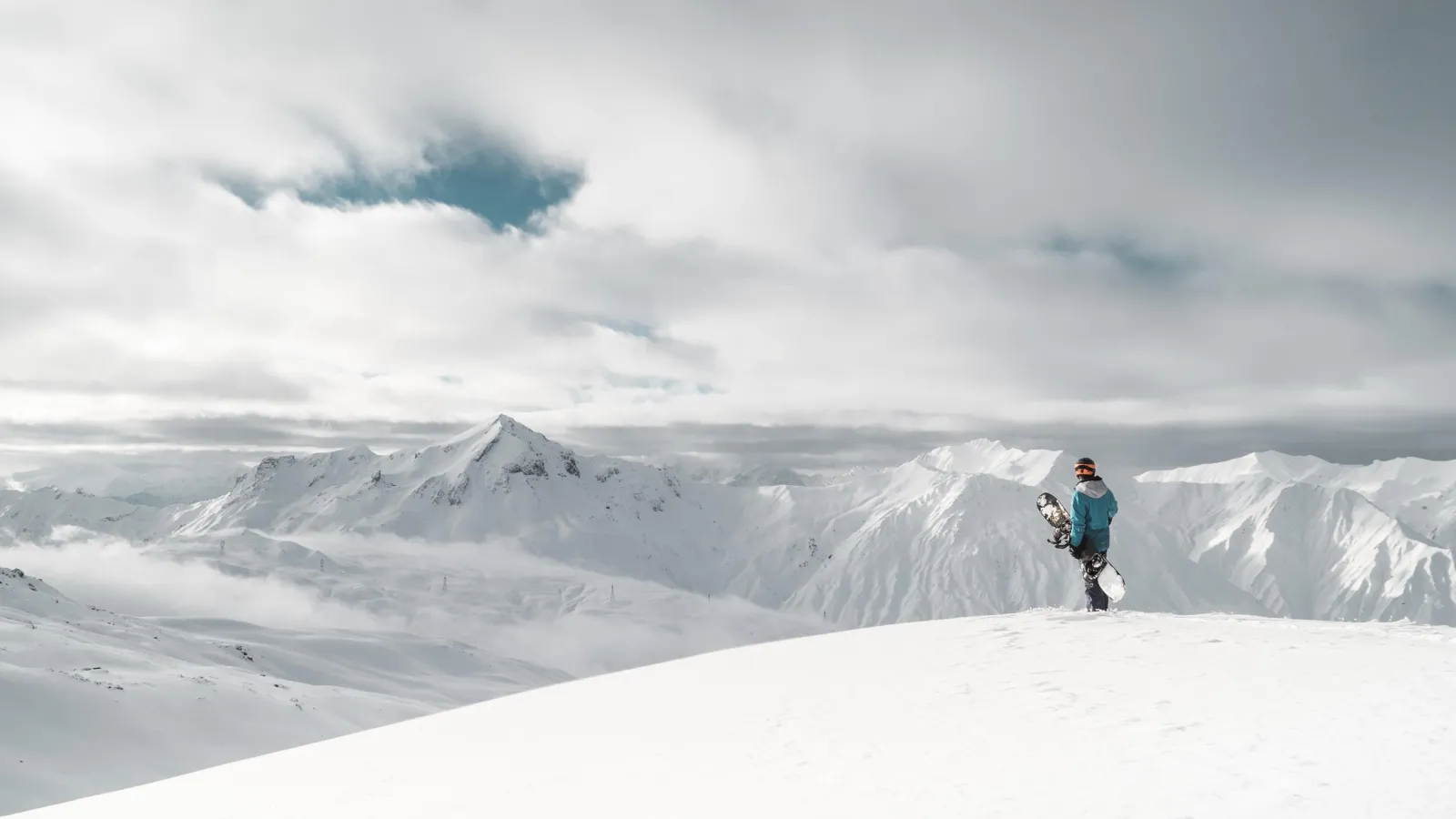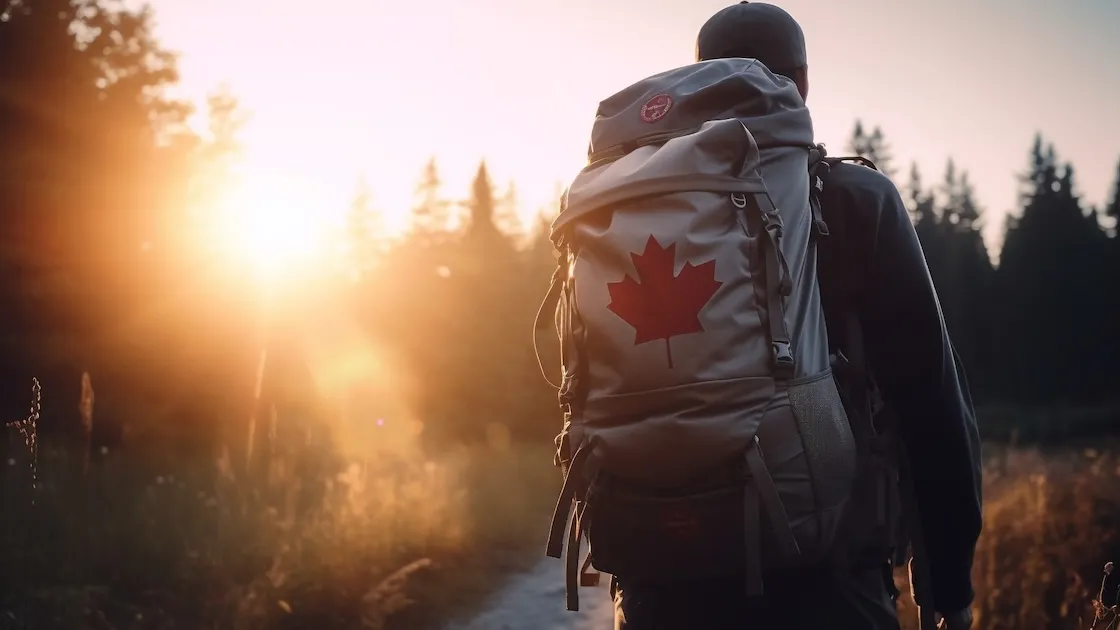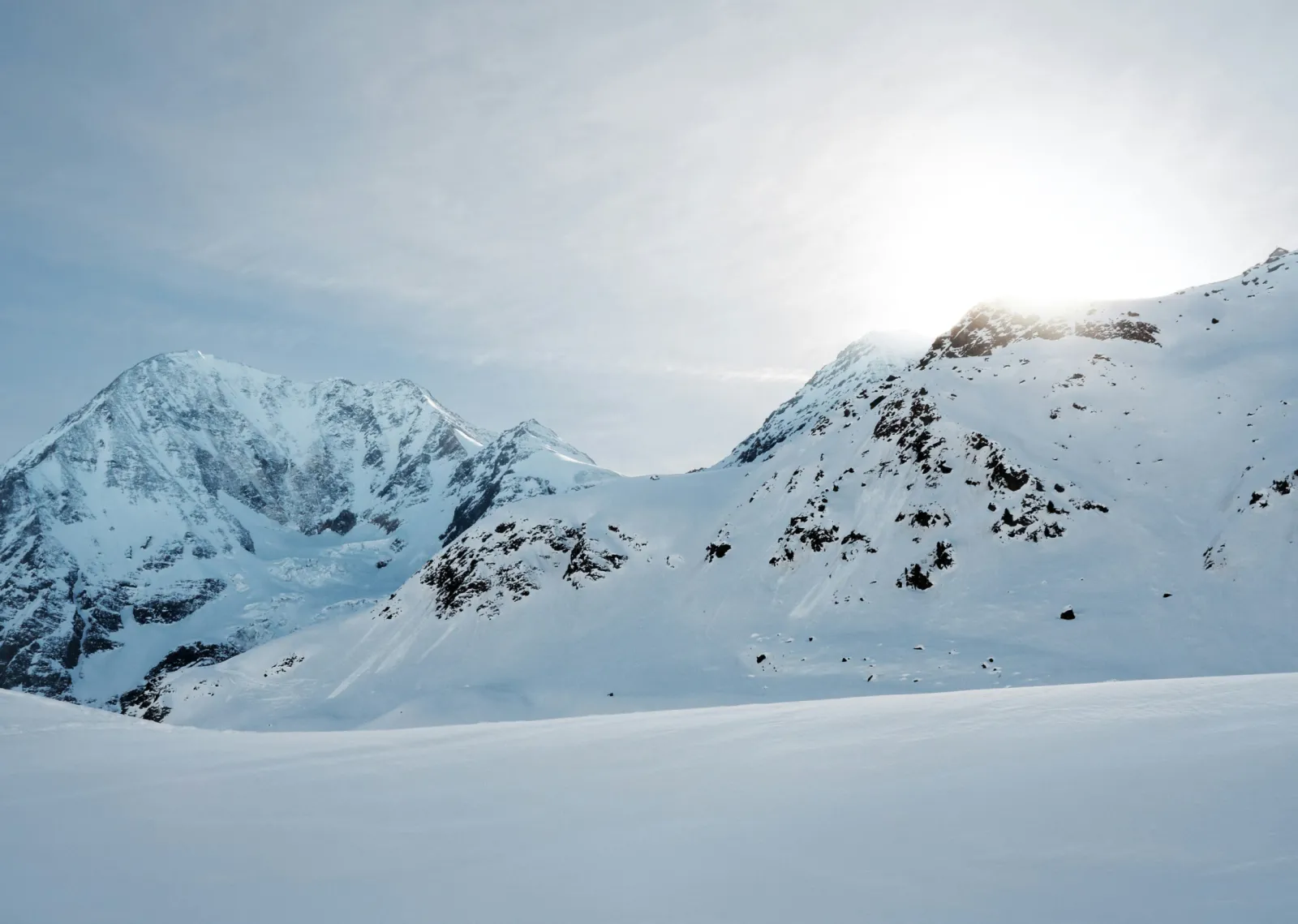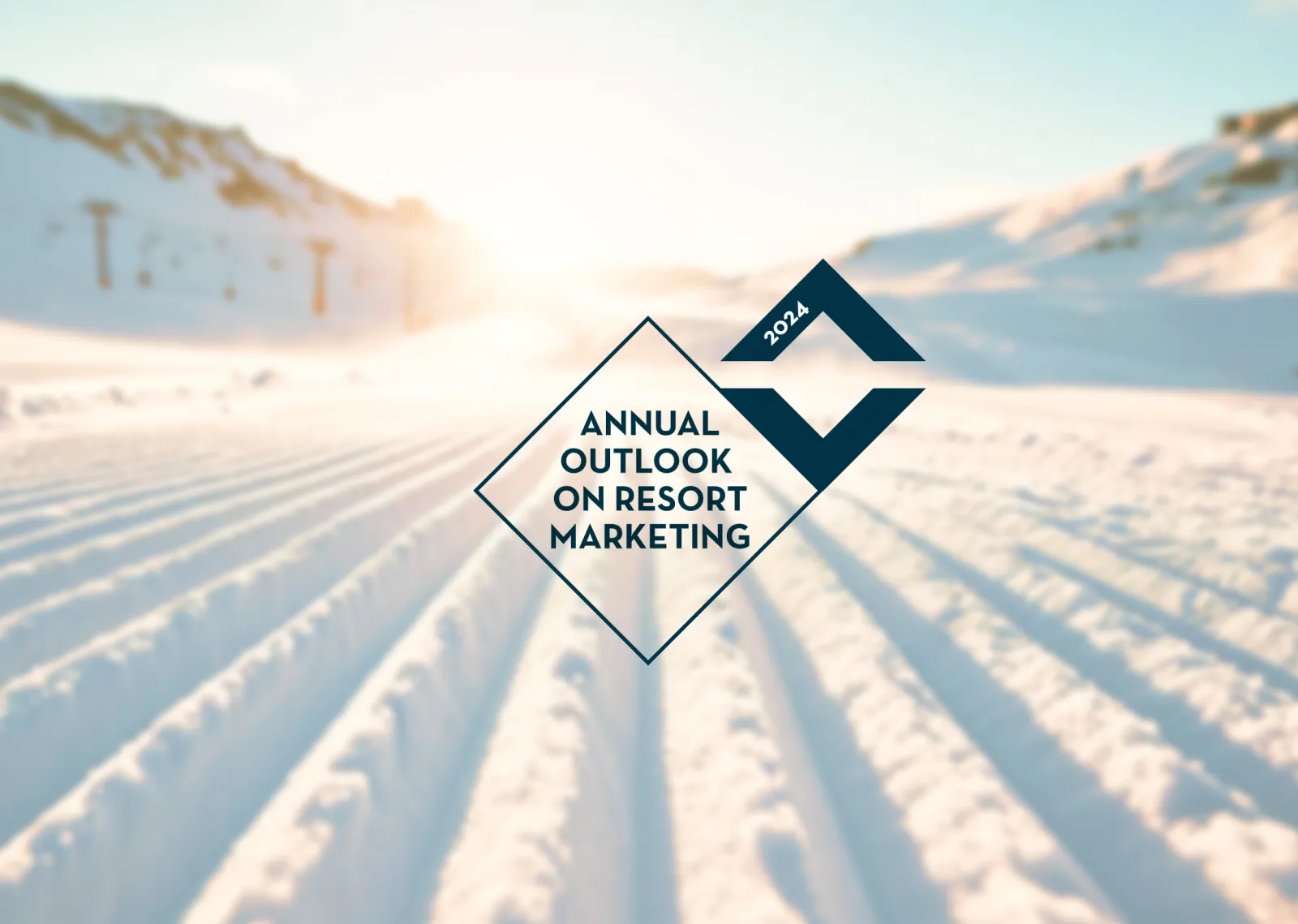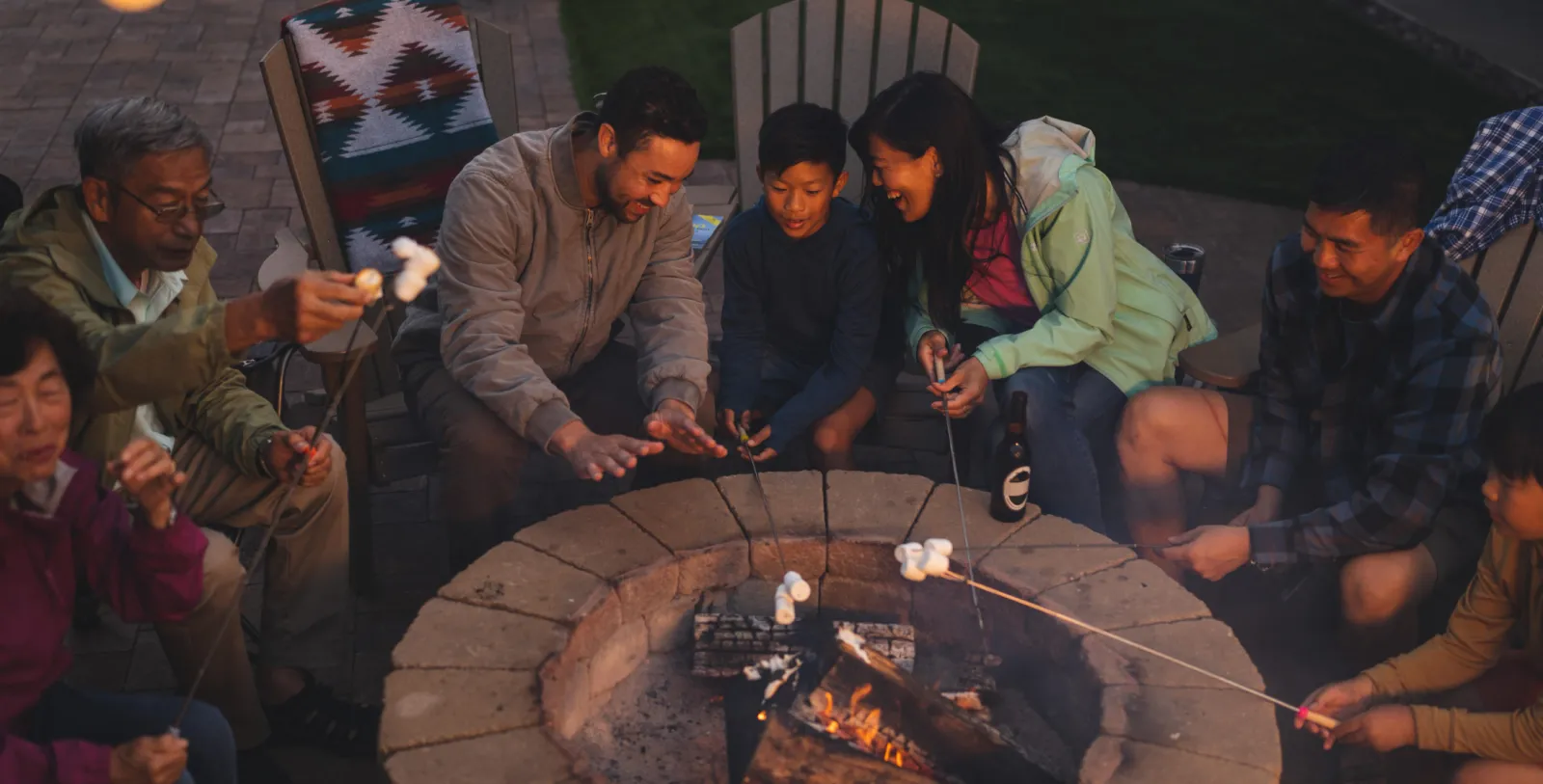Skiing in the era of climate change
At my home in northern Vermont, the first snow of the 2018/2019 ski season fell in late October, and by the middle of November, the ground was covered in a thick blanket of white. Day after day I skied the forested hills above my home, marveling at the abundant early-season snow pack, assuming that any day, the weather would break, the rain would fall, and we’d be back to more typical eastern November conditions.
But that day never came, and as any skier or rider in the northeastern US or eastern Canada knows, last winter was one for the books. The storms came regular as waves hammering the shore, and except for a brief holiday thaw, temperatures remained consistently cold well into April. Resorts in the region reported record numbers, plow truck operators reported exhaustion, and in the words of one skiing buddy: “If this is climate change, I’ll take it.”
Or will he? Because while the past winter brought bounty to the eastern winter sports industry, the future is not quite so bright. The impacts of climate change will almost surely continue to shorten and weaken winters; there is little doubt that some ski resorts will suffer dramatically, and those located in regions where the impacts are greatest, or simply haven’t sufficiently invested in mitigation efforts, are likely to close. “There will be losers in this game,” says Daniel Scott, the University Research Chair in Climate and Society and the Executive Director of the Interdisciplinary Centre on Climate Change at the University of Waterloo in Ottawa. “That is not in question.”
Scott is co-author of a study titled Regional ski tourism vulnerability to climate change: An Inter-comparison of Eastern Canada (Ontario and Quebec) and Northeast US markets, soon to be published in the Journal of Sustainable Tourism. The study examines the vulnerability of the region’s mountain sports industry, discusses possible outcomes, and addresses mitigation efforts. The unsurprising conclusion: Things will change. The addendum: But maybe not as much as you think.
That’s because many of the existing winter sports industry forecasts fail to account for a critical piece of technology: Snowmaking.
“There’s been a misrepresentation of the risk, because of the models haven’t integrated snowmaking. It’s like doing a crop model without accounting for irrigation, and in some cases, they’ve underestimated the season by a full month.”
To be clear, Daniel Scott is not a climate change denier; he knows full well that the climate is changing; it’s just that his research demonstrates that it might not have as deleterious an impact on the winter sports industry as some have claimed. “The impact is enough; we don’t have to over blow it. There damn well will be an impact.”
That impact, according to Scott, will almost certainly be the further consolidation of the industry, as smaller, less resilient resorts are forced to close, creating an increase in skier visits to remaining resorts. It will also likely result in a shifting of skier expectations; those who covet natural snow might need to learn to love its human-made cousin. Those who are hooked on their small, local mountain might find themselves having to expand their horizons if their first choice is among the non-survivors. And the season is almost certain to contract as the years pass.
The good news is that, in Scott’s view, the mountain sports industry is not incompatible with sustainability, and in fact has some built-in advantages, since many resort operations can be electrified, and electricity can be delivered via renewable sources. One big shift that needs to happen in order to truly “green” the mountain resort industry: A relocalization of the sport that reduces the amount of air travel associated with long-distance ski vacations. “One thing we can’t make low carbon is the fly-in skier. You just can’t internalize that impact, and that’s where we have to start looking at offsets,” says Scott. Meanwhile, ski resorts need to continue investing in adequate snowmaking in order to offer local enthusiasts a high quality experience, and perhaps encourage them to stick close to home. “If you keep people local, you reduce emissions. It really is that simple.”
“One thing we can’t make low carbon is the fly-in skier. You just can’t internalize that impact, and that’s where we have to start looking at offsets. If you keep people local, you reduce emissions. It really is that simple.”
It’s the middle of July as I write this, and the coming winter still seems very far away. Like every skier I know, I want nothing more than a repeat of last season, though I know the odds are against it. But I know something else, too: No matter what this winter brings, I’ll be clicking in as many times as I can muster. Because while there’s a lot about skiing that’s sure to change in lockstep with our climate, there’s one thing that won’t: It’s always going to make my life better than it would be otherwise. And for that, I’m eternally grateful.
